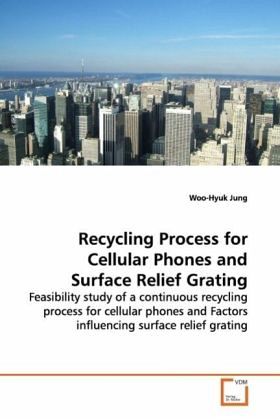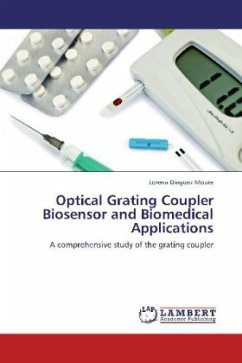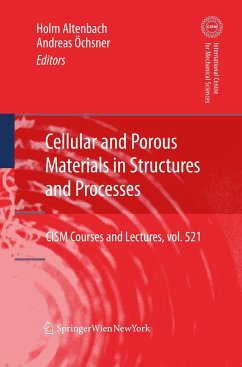
Recycling Process for Cellular Phones and Surface Relief Grating
Feasibility study of a continuous recycling process for cellular phones and Factors influencing surface relief grating
Versandkostenfrei!
Versandfertig in 6-10 Tagen
45,99 €
inkl. MwSt.

PAYBACK Punkte
23 °P sammeln!
Cellular phone housing was ground to make originalparticulates using knife mill. Foams and adhesiveswith the lighter density than water were removedusing sink-float process in water, and residualmetals and wires were separated from desiredmaterials composed of 7 thermoplastics using thesink-float process in salt. Improved impact strengthand high tensile strength of the polymer mixture wereachieved by adding glycidyl methacrylate by reactiveprocess.Aniline-based azopolymers were synthesized withN,N-diglycidyl aniline and aniline reacted with aminobenzonitrile or nitroaniline by azo couplingreac...
Cellular phone housing was ground to make original
particulates using knife mill. Foams and adhesives
with the lighter density than water were removed
using sink-float process in water, and residual
metals and wires were separated from desired
materials composed of 7 thermoplastics using the
sink-float process in salt. Improved impact strength
and high tensile strength of the polymer mixture were
achieved by adding glycidyl methacrylate by reactive
process.
Aniline-based azopolymers were synthesized with
N,N-diglycidyl aniline and aniline reacted with amino
benzonitrile or nitroaniline by azo coupling
reactions. The precursors of epoxy-based azopolymers
synthesized with diglycidyl ether of bisphenol A and
aniline or 3-hydroxyl aniline were coupled with
hydroxyl nitroaminobenzene. Polyurethane-based
azopolymers synthesized by the reaction of
toluene-2,4-diisocyanate with disperse orange 17
showed better diffractive efficiency than the epoxy-
or aniline-based azopolymers with nitro group
substituents.
particulates using knife mill. Foams and adhesives
with the lighter density than water were removed
using sink-float process in water, and residual
metals and wires were separated from desired
materials composed of 7 thermoplastics using the
sink-float process in salt. Improved impact strength
and high tensile strength of the polymer mixture were
achieved by adding glycidyl methacrylate by reactive
process.
Aniline-based azopolymers were synthesized with
N,N-diglycidyl aniline and aniline reacted with amino
benzonitrile or nitroaniline by azo coupling
reactions. The precursors of epoxy-based azopolymers
synthesized with diglycidyl ether of bisphenol A and
aniline or 3-hydroxyl aniline were coupled with
hydroxyl nitroaminobenzene. Polyurethane-based
azopolymers synthesized by the reaction of
toluene-2,4-diisocyanate with disperse orange 17
showed better diffractive efficiency than the epoxy-
or aniline-based azopolymers with nitro group
substituents.












